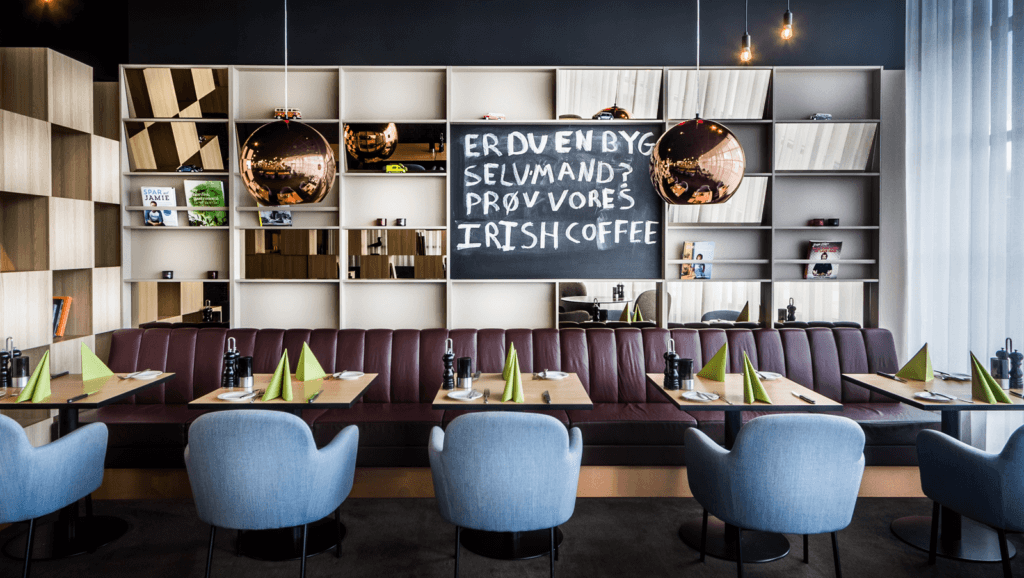
Embarking on the Restaurant Revenue Management (RRM) journey may seem like an overwhelming task at first glance.
NB: This is an article from inTouch
But let’s take a step back and look at the core purpose of RRM and the stakeholder’s responsibilities in the RRM process, to break it down into bite-sized pieces for easier digestion. The main objectives of RRM are to increase restaurants’ traffic, sales, profit, and guest satisfaction & restaurant reputation.
Subscribe to our weekly newsletter and stay up to date
RRM engages different departments and breaks down traditional silos to achieve these objectives. With a structured approach and a well-guided process, each department will have different responsibilities.

1. Establish Baseline Performance
As a first step, look at your restaurant’s performance through specific key performance indicator (KPI) measurements that you’ve deemed most relevant. Many of these KPIs may be difficult to calculate on your own, but intuitive dashboards and reports that can be generated through and based on your POS data, make the process painless and simple.
If you’re building a strategy to maximise your hotel restaurant’s profitability, you need to understand the performance of your restaurant as it stands. To gain a clear picture of your baseline performance, there are three key performance indicators (KPIs) you should pay attention to:
- Revenue Per Available Seat Hour (RevPASH) = Total Revenue / Seat hours
- (Seat hours = Total Number of Seats x Hours Open)
- Seat Occupancy = Total Number of Seats / Number of Seats Filled
- Average Check = Total Revenue / Number of Covers in the Restaurant
RevPASH calculations let you decide when to upsell and when not to, and if your marketing and promotional efforts are effective. Seat Occupancy analysis tells you when you need to attract more customers, or when your demand is outstripping your supply of seats. And, finally, comparing table mix with your party sizes helps you make sure you have the right combination of table sizes so that you aren’t losing possible revenue.
2. Understand Demand Drivers
This next step is following a best-practice revenue management demand analysis. Once actionable steps that could improve performance are identified, be it traffic (covers), sales (average check), or service (consistency in service, reputation, and guest satisfaction), each of your departments will have better insight into what responsibilities they have in optimising their operations and boosting revenue.
Understanding what attracts people to your restaurant (and keeps them coming back) is essential in boosting F&B profitability. You should break down your demand analysis into three core categories:
Traffic
First, you need to understand the traffic coming to your restaurant. What are your peak arrival times and meal periods? What are the average and median party sizes that your restaurant attracts? What guest segments spend the most money at your restaurant?
Comparing metrics like table mix with your party sizes helps you make sure you have the right combination of table sizes so that you aren’t losing possible revenue.
Sales
Second, your sales will give you insight into how much revenue your restaurant receives from each guest. Use the Average Check per Cover (APC) to calculate how much each guest is spending when they visit your restaurant.
- Average Check per Cover (APC) = Total Number of Sales / Total Number of Customers
Guest Experience
Finally, analysing your restaurant’s guest experience allows you to determine the quality of service your restaurant is providing. Two indicators you can use to measure guest experience are meal duration and guest tribe.
Measuring dining duration helps you keep tabs on your service quality, while spending-per-hour calculations can help you fine-tune how your servers optimise their sales.
Tribes are created to visualise your guests’ purchase behaviour on a high level. Are your guests buying the set menu you have created, or most often a main course +1 (starter or dessert)? How does this impact revenue and profit performance? What tribes contribute to the highest average check and ultimately the profit and revenue performance of your restaurant? This is all validating your strategies or pinpointing where you need to focus to achieve the results you anticipate.
To gain a full picture of your traffic, sales, and guest experience, measure your demand generation per hour, per day of the week, and per month. This will allow you to identify patterns and trends in your restaurant’s demand and help inform your profit strategy and targets.




